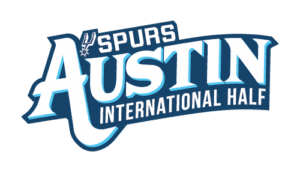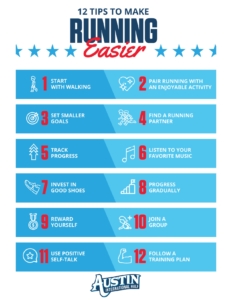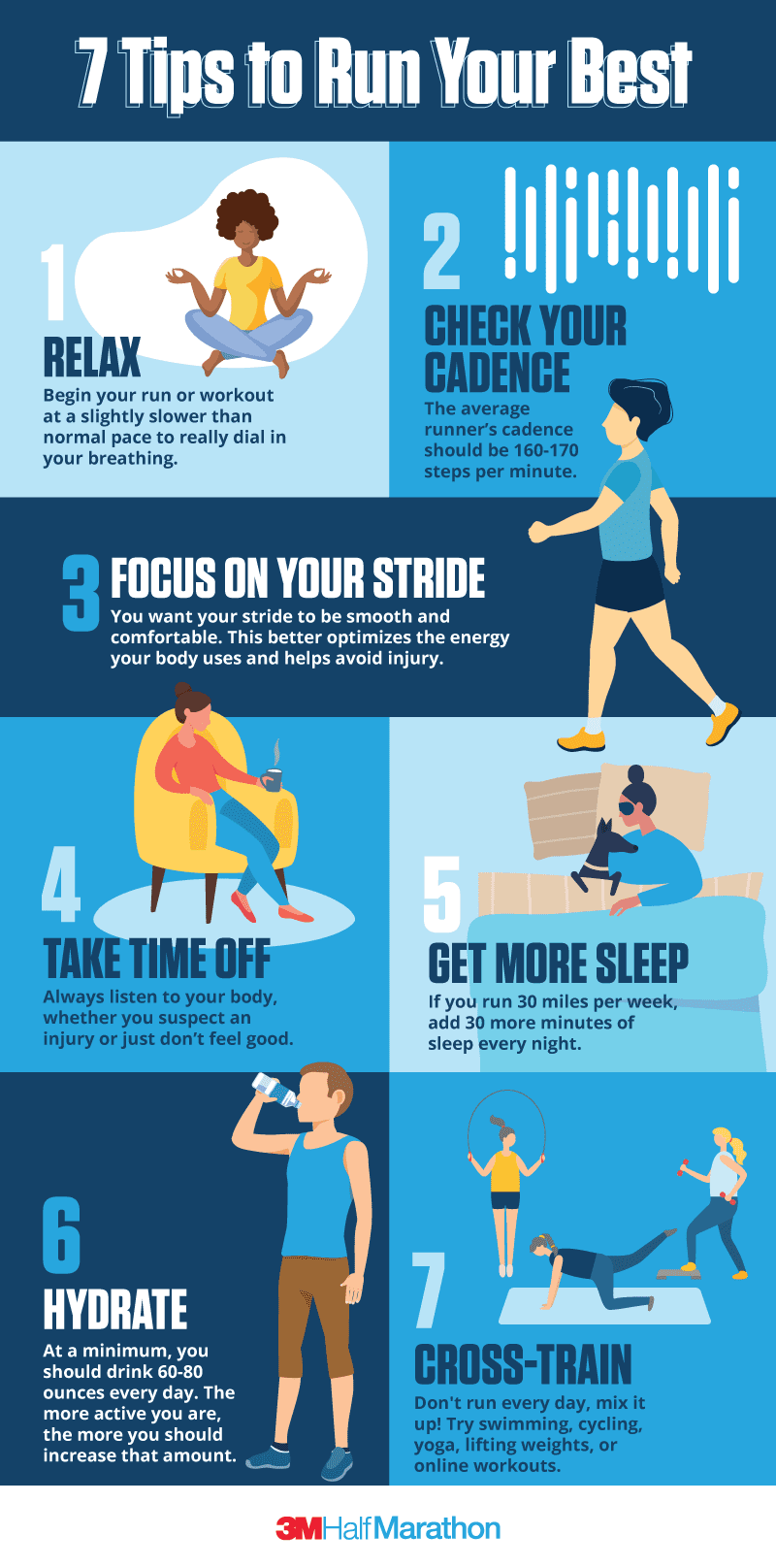Training during the holidays can be tougher, don’t let it slip with our advice
The holidays are around the corner and your training is going well. You’re progressing nicely and increasing your distance as planned. You’re feeling well, eating healthy, and have a nice routine. Don’t let any travel, excess food, or additional plans alter your training during the holidays. Maintaining your training during the holidays will lead to greater success on race day. Pro tip: if you find yourself feeling stiff, loosen up with these 4 simple stretches.
Have a plan
You already have a training plan. Stick with it! Don’t have one? Start one! Even if you have to adjust your training schedule, stick with it as best as you can. If you normally complete your long run on Saturday but can’t one weekend, switch it to Sunday. It might throw you off a bit, but sticking to your plan closely is beneficial. Either way, make sure you follow our long-run recovery timeline. Pro tip: if needed, flip your rest day with a run day to better fit your schedule.
Get an early start
If you’re used to running early, this is perfect! If you’re not, this is normally the best time to run, especially during the holidays. There’s less going on early in the morning. This gives you a better shot at knocking out that run or workout. Plus, when you get an early start you get it out of the way for the day! Training during the holidays can be tough. Chances of not completing your run increase as the day goes on. Make sure you properly warm-up.
Find a partner
Accountability is huge. Find someone to run with you and be your partner during the holidays. If you’ve already got a few training partners and can’t run with them because of travel, schedule a quick FaceTime before your run. Even a virtual get together is a great way to hold each other accountable. You can even chat afterward just like you would if you were together.
Prepare
Planning ahead is a great way to keep up your training during the holidays. If you’re traveling, take your gear with you! Make sure you have clothing that’s appropriate for the weather. Take your preferred hydration and nutrition with you. Don’t forget the smaller items like your booty band, running belt, watch, or headphones. Even if you aren’t traveling, the holidays can be time-consuming. Make sure the clothes you’ll need are ready and that all of your items are fully charged.
Reward yourself
This is the best part! The holidays can often mean great food and amazing desserts. Don’t feel bad about rewarding yourself, especially when you are training during the holidays. But at the end of the day, rewarding yourself with that dessert you’ve been eyeing is an excellent motivator.
There are many ways that your training during the holidays can be derailed. This advice will keep you going, give you the flexibility to adjust and make sure you stay on track to accomplish your goals.


